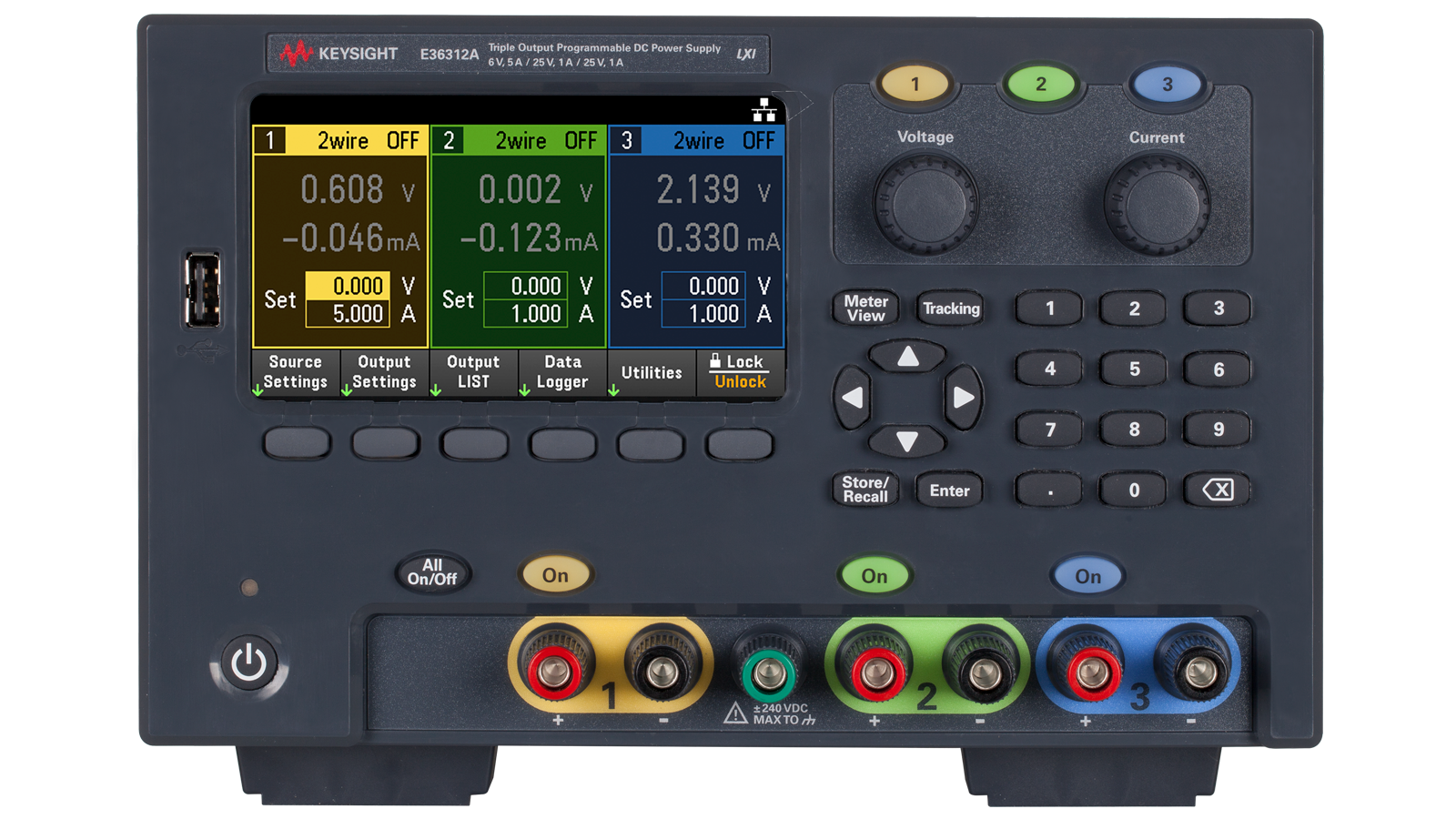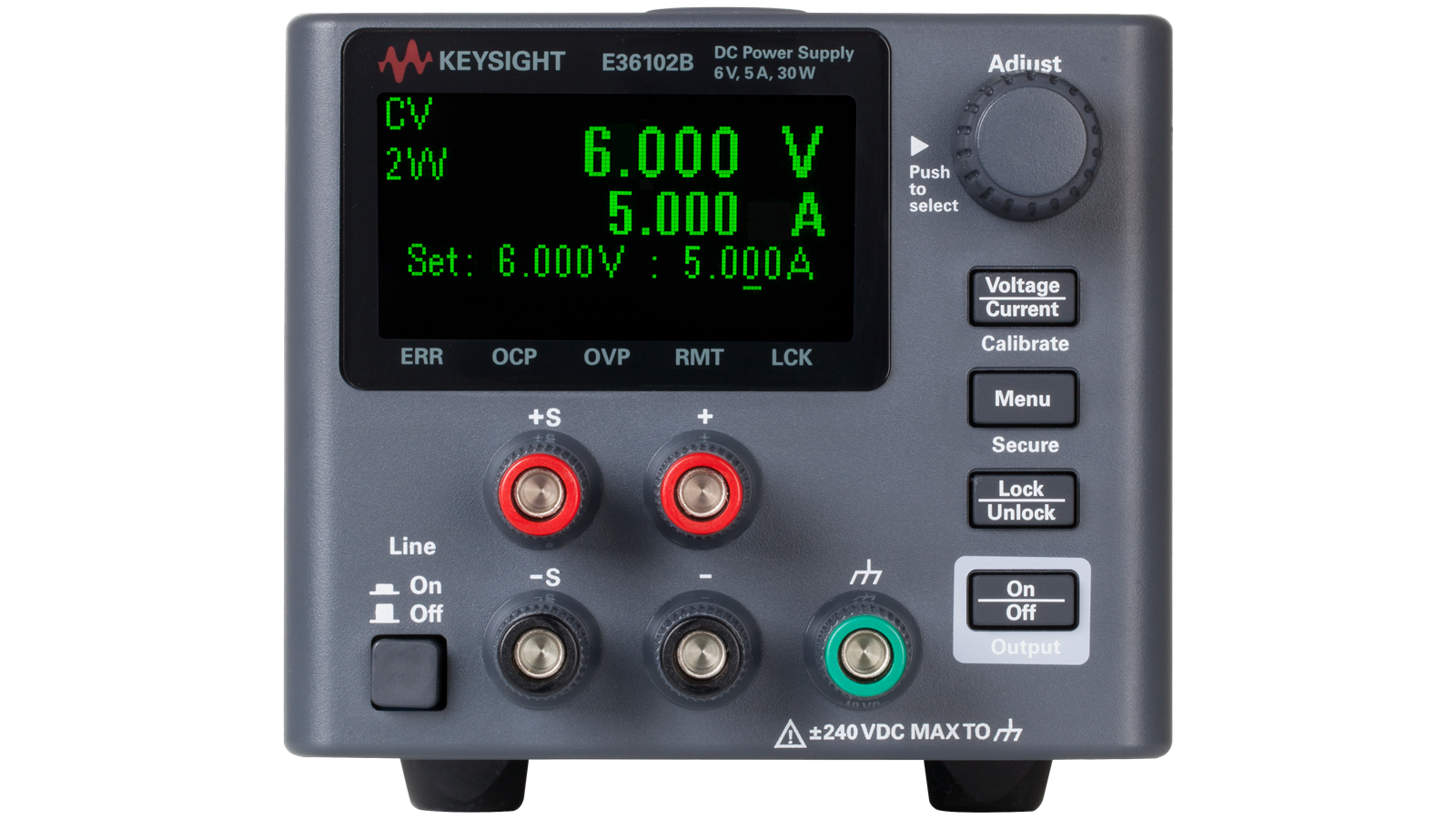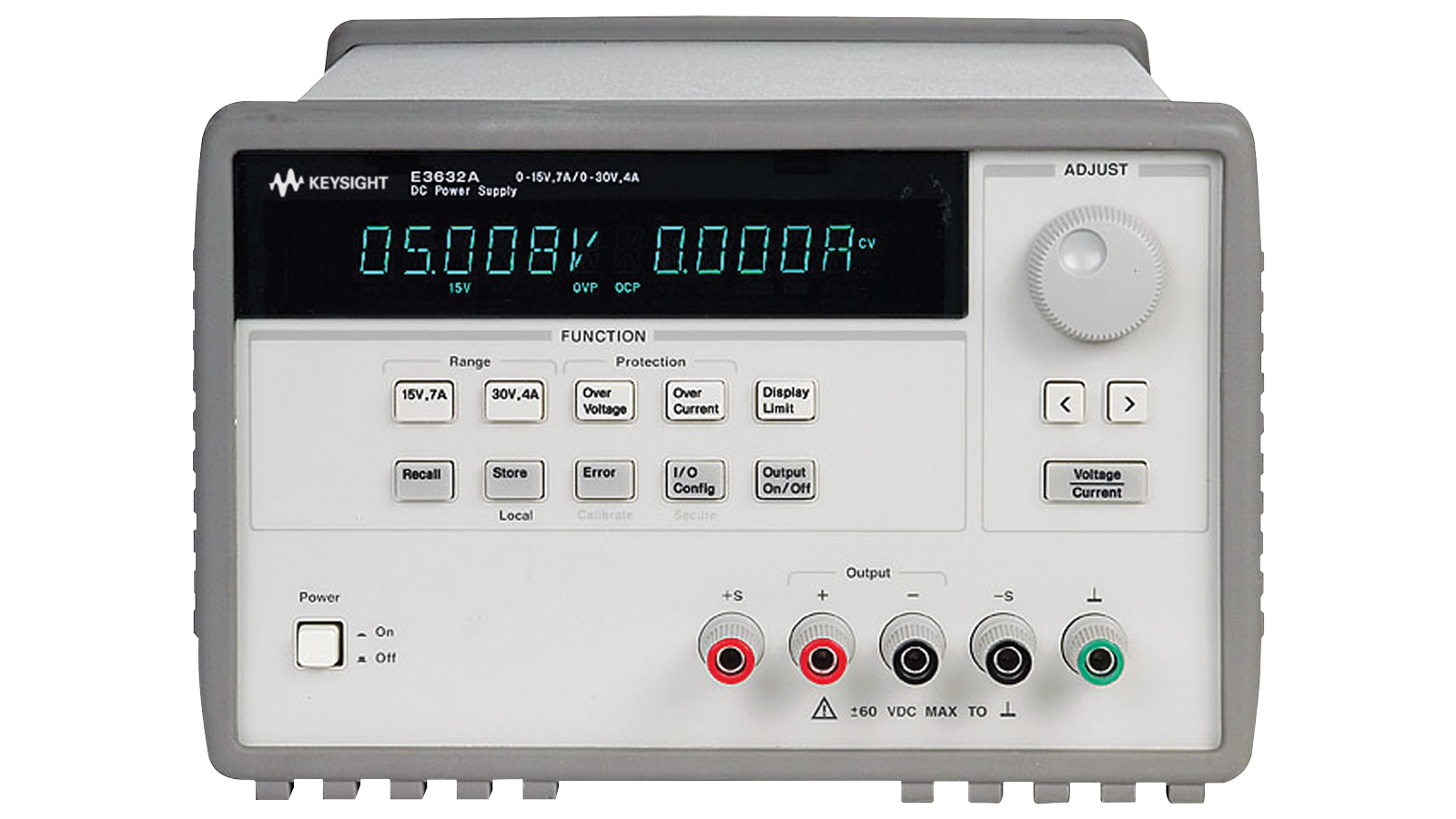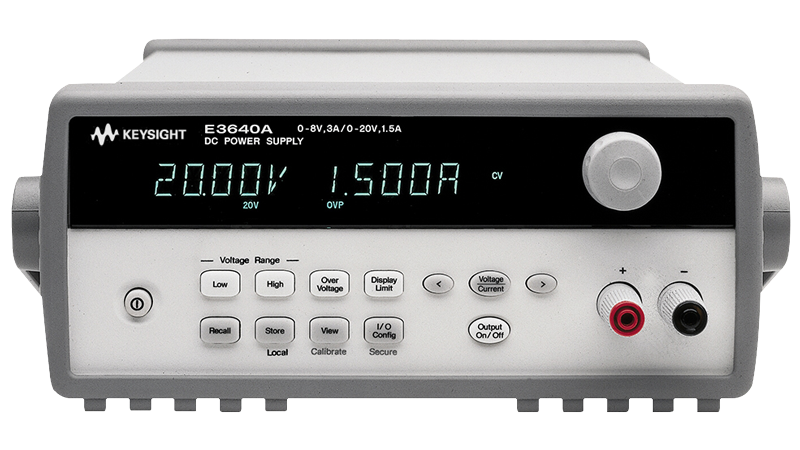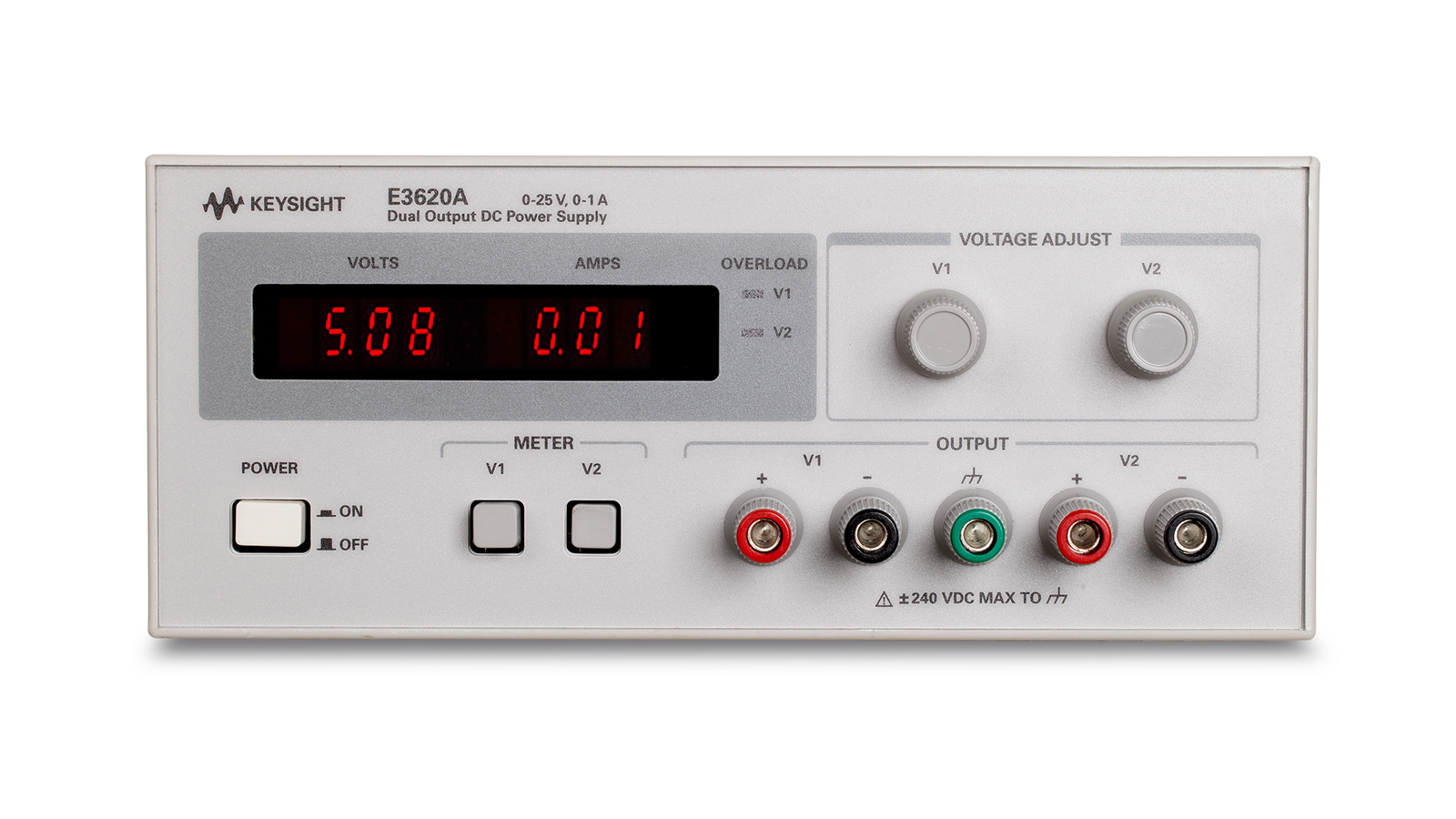What are you looking for?
Bench Power Supplies
Power your next insight
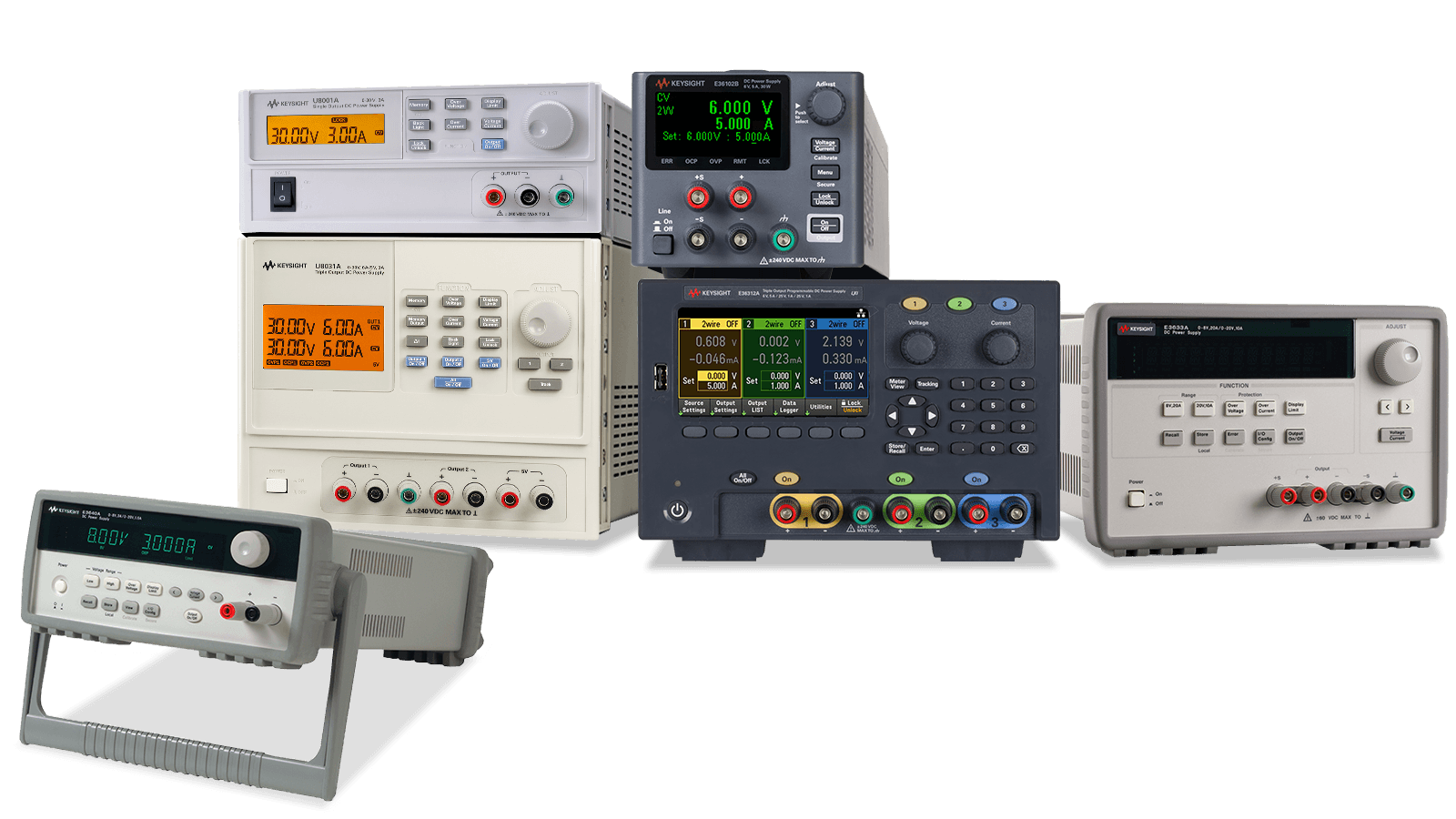
Claim Reward When You Buy a Bench Power Supply
Ensure reliable power. Get a free accessory or upgrade for a limited time.
Bundle Bench Power Supply with Software and Save
Choose the bundle that best fits your application and save up to 11% off the list price compared to purchasing the same items individually.
Precise, Reliable Power On Your Bench
Bench power supplies provide low-output ripple/noise and device-under-test (DUT) protection. You can select from full-featured programmable power supplies or simple variable DC power supplies.
Speed, precision, and advanced programming features make the bench power supplies ideal for battery testing. With features such as fast programming times and downloadable voltage and current sequences, bench power supplies reduce your risk during test and system development.
See The Latest Triple Output Power Supply
If you need to power multiple buses with clean, reliable power, check out the E36300-series triple output power supply.
- Low output noise – ripple and noise < 2 mVpp/350 µVrms
- Accurate programming and readback with 0.04% accuracy
- Large color display indicates voltage and current on all three outputs simultaneously
- Advanced features such as data logging, output sequencing, and list capability
- Modern I/O – USB, LAN, and GPIB (optional)
PathWave BenchVue Power Supply Software
Provides easy control of your power supplies to set parameters and visualize I/V data on a trend chart.
- Track and record your power supply output to understand the impact of the power draw for specific events.
- Connect and control your power supplies through the cloud.
- Export data to popular tools, such as MATLAB, Microsoft Excel, or Word for further analysis.
- Create automated test sequences quickly with minimal instrument knowledge.
Find the Series That's Right For You
Get the best noise performance and device protection with the right size power supply
Extend Your Capabilities With The Right Tools
Technology is constantly changing. So too are the requirements engineers face. Get more functionality out of your existing hardware today by complementing it with the right accessories to improve productivity and the right Keysight PathWave design and test automation software to accelerate your product development.
Featured Resources
Bench Power Supply FAQ
When should you use a bench power supply?
A bench power supply is a tool that converts alternating current (AC) to direct current (DC). It is typically used to test equipment on lab benches. Engineers frequently use benchtop DC power supplies to design, test, and debug electronic devices.
Where is a DC power supply needed?
A DC power supply provides a constant biasing voltage or current to electrical devices, components, or circuits. It ensures that the device-under-test (DUT) operates as expected. For example, a DC power supply is used by engineers to test IoT devices, medical products, mobile phones, remote industrial sensors, and other electronic devices.
How do you use a DC power source?
A programmable DC power source connects to a DUT via leads that connect to the DC power supply panel. Engineers can set voltages or current levels to power the device for testing purposes.
What is an autoranging power supply?
An autoranging power supply provides continuous ranging and offers higher current at more voltage settings. An autoranging power supply increases testing flexibility and enables you to use only one power supply to create voltage and current combinations.
What is overvoltage and overcurrent device protection?
Overvoltage provides protection when the power supply exceeds the preset voltage limit. When the power supply’s output exceeds the preset voltage limit, the output will disable and an overvoltage indicator will appear.
When the current flowing through a power supply reaches the preset limit, it enters a constant current operating mode, which provides overcurrent protection. The voltage usually goes down in constant current mode, and the current remains at the current limit setting. If overcurrent protection is enabled, it shuts down the output to prevent too much current from flowing out. Typically, overcurrent protection is off by default, and it is off when shipped from the factory. Use the overcurrent protection feature to safeguard your setup.
Why do you need a power supply with power sequencing?
If you are working with devices that have specific timing requirements, use a power supply with power sequencing. Power supply sequencing enables you to automatically set voltage outputs and delays according to a scripted pattern. You can avoid accidental damage by using power supply sequencing, which means you no longer need to manually turn on different channels or set output voltages.
What is peak power?
Peak power is the amount of power a power supply can push out over a brief period to support the surge energy needed to start a DUT without disrupting the output voltage. One solution is to use a power supply that continuously delivers peak demand. You can also use a smaller benchtop power supply to provide peak power demands for short periods without compromising reliability.
Why use a power supply with peak power capability?
A power supply with a peak power capability can handle load spikes and prevent those spikes from damaging the power supply. Most circuits, especially those with electromechanical components, require start-up currents higher than the steady current the equipment draws when operating normally. The initial current may be between two and three times the normal current, lasting milliseconds or a few seconds. The power supply needs to handle such spikes and others that may occur without interrupting the operation or the function of the load.
Want help or have questions?



